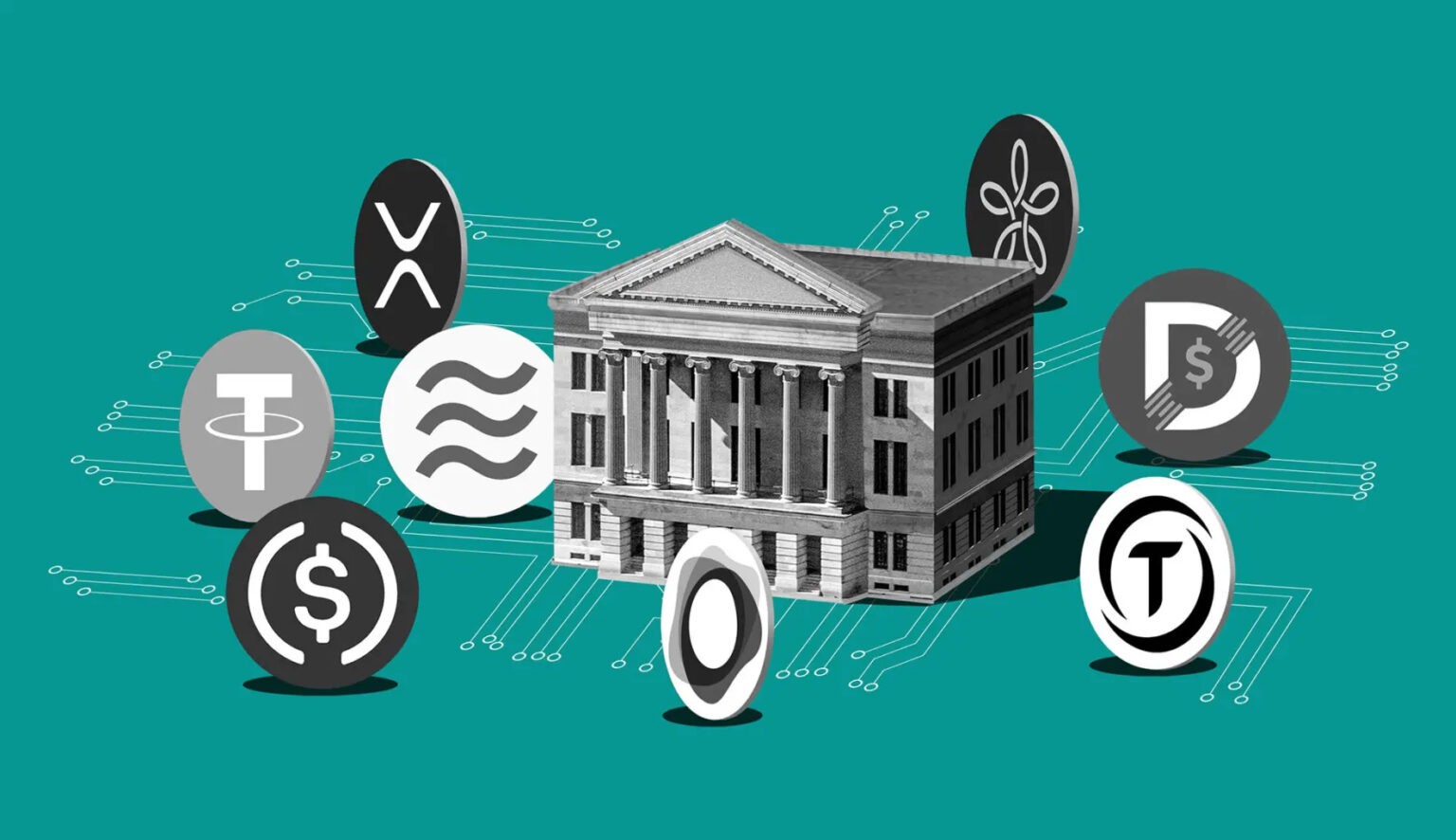The necessity to regulate and oversee new areas like cryptocurrencies, new payment participants and payment systems, and FinTech’s that have radically changed the face of traditional banking is causing central banks’ roles to change quickly. For Central Banking to properly fulfill its job as a banking regulator in light of these new difficulties, urgent reform of its IT infrastructure, systems, and organization is required. The legacy IT estate, tools, methods, and processes won’t be sufficient to address the emerging global issues, which could seriously disrupt the delivery of central banking services globally. Numerous Central Banks’ Technological transformation have taken initiatives in response to this new reality, but the rate of reform and level of maturity vary among nations and regions.
Transformation Areas
To properly carry out their role in the technological change, central banks must take into account a number of factors.
1. Data, Artificial Intelligence and Analytics:
Every day, the world produces enormous amounts of data, and banking is no different. To successfully handle, analyze, and utilise this data produced by the banking system for decision-making, central banks must be prepared. To make judgments on monetary policy, central banks will need to incorporate AI and advanced analytics in addition to traditional economic data indicators. But managing the volume of data that is currently available and the addition of new data sets requires a unique focus on data, artificial intelligence, and analytics technology. When it comes to enforcing laws relating to anti-money laundering, know your customer (KYC), foreign exchange controls, and penalties and restrictions, these new technologies can be a substantial advantage.
When it comes to enforcing laws relating to anti-money laundering, know your customer (KYC), foreign exchange controls, and penalties and restrictions, these new technologies can be a substantial advantage. European Central Banks are already considering new technologies to enhance their function and help with rule enforcement.
2. Cybersecurity:
Every major bank has seen a variety of cyberattacks, and it is anticipated that these attacks will become more severe in the future. Cybersecurity is acknowledged as a major threat to the banking industry. In order to effectively combat cyberattacks, central banks must prepare for the difficulties of cybersecurity by developing regulations for banks to increase cybersecurity as well as strengthening their own IT systems and procedures. Payment systems for counties are particularly vulnerable to cyberattacks, which must be combated efficiently if the country’s complete financial stability is not preserved. Steps in this direction include the Payments Directive, Strong Customer Authentication, Dynamic Linking Standards, Security of Digital Applications, and Standards for Encryption of Data in Transit and at Rest.
3. Issuance and Regulation of Cryptocurrencies:
Cryptocurrencies are now a reality rather than a hot button issue. A growing number of financial institutions are investing a portion of their assets in crypto assets as they gain importance quickly. In addition to addressing technology-related concerns, central banks must set up rules, procedures, and oversee central bank digital currencies (CBDC). A central bank digital currency (CBDC), which would replace physical currency, would make use of digital tokens and blockchain technology. Various central banks are actively developing policies for the introduction of a central bank-issued digital currency, including The Bank of England (BOE), China’s People’s Bank of China (PBoC), The Bank of Canada (BoC), The Monetary Authority of Singapore, and many more.
4. Digital Delivery of Central Banking Services:
The conventional method of providing services for central banking is evolving. All aspects of monetary policy implementation and data collection from banking and financial actors must be done digitally. The traditional method of keeping paper records and gathering data is no longer effective, so Central Banks must make sure their systems are designed to support digital service delivery. This involves utilizing digital channels to communicate with banking customers and implementing digital tools like intelligent workflows to streamline internal operations. The European Central Bank (ECB) IMAS portal enables banks under its supervision to submit information on supervisory processes, monitor their progress, and communicate with supervisors.
5. Adapting new age Cloud Infrastructure:
By implementing Cloud technology, Central Banks may fortify its existing infrastructure and make it more cost-effective, resilient, scalable, and adaptable. Numerous central banks, including the Monetary Authority of Singapore and the Dutch central bank DNB, have begun to adapt their infrastructure to the cloud. Both privately owned banks and state-controlled banks have started the process of cloudifying their infrastructure. In order for banks to implement cloud computing, central banks must give them clear instructions on how to do so and provide guidance on issues such as data security, data residency, data recovery, third party risks, and obligations during an inquiry. Although making it clear that banks cannot abandon responsibility for the outsourced IT services, several authorities have produced guidelines for banks to utilize cloud services.
Conclusion
While technology innovation has spurred significant changes in banking over the past two decades, central banks must likewise adapt, realize, and comprehend the procedures involved in using cloud infrastructure. Cloud computing is essential for the success of digitalization initiatives using emerging technologies like artificial intelligence and process reengineering. Although some businesses are wary of embracing the cloud, it is an essential part of the service delivery paradigm used today and allows banks to access new markets and delivery channels.
Both privately owned banks and state-controlled banks have started the process of cloudifying their infrastructure. To properly control the markets, central banks must give clear guidance to the problems and shifting roles in this society. To properly perform the duty of supervisors of the Banking and Financial system, they must be proactive in understanding, evaluating, adopting, and prescribing new age technology. They must also continue to be at the forefront of technological innovation.




